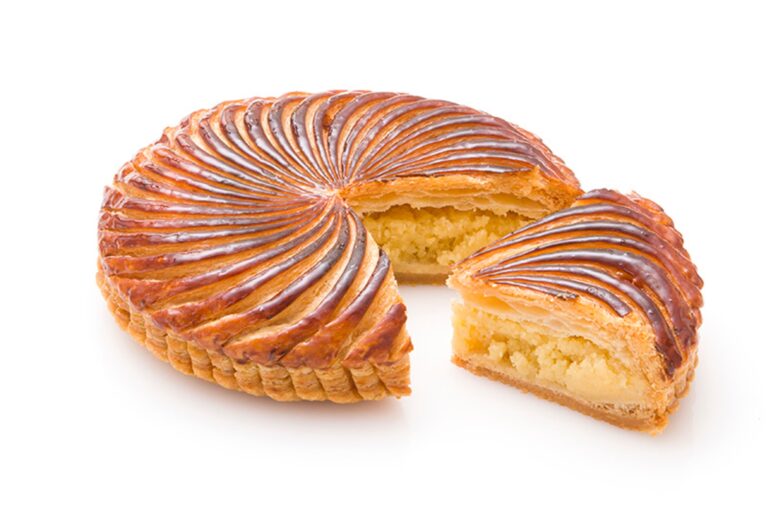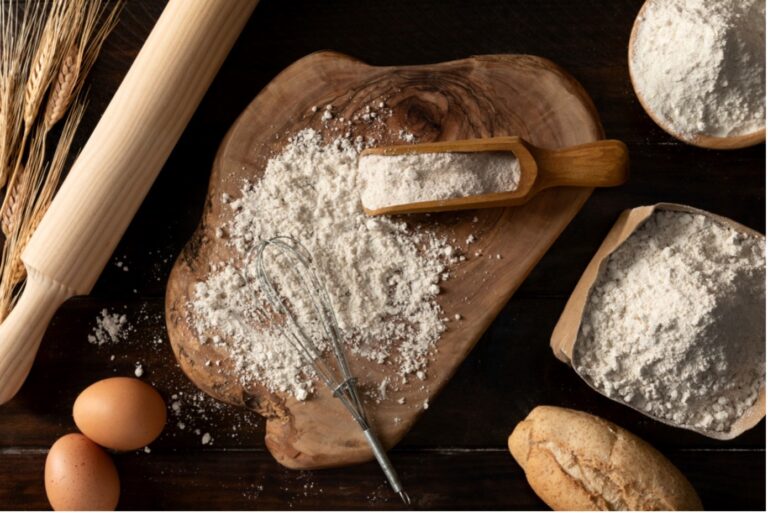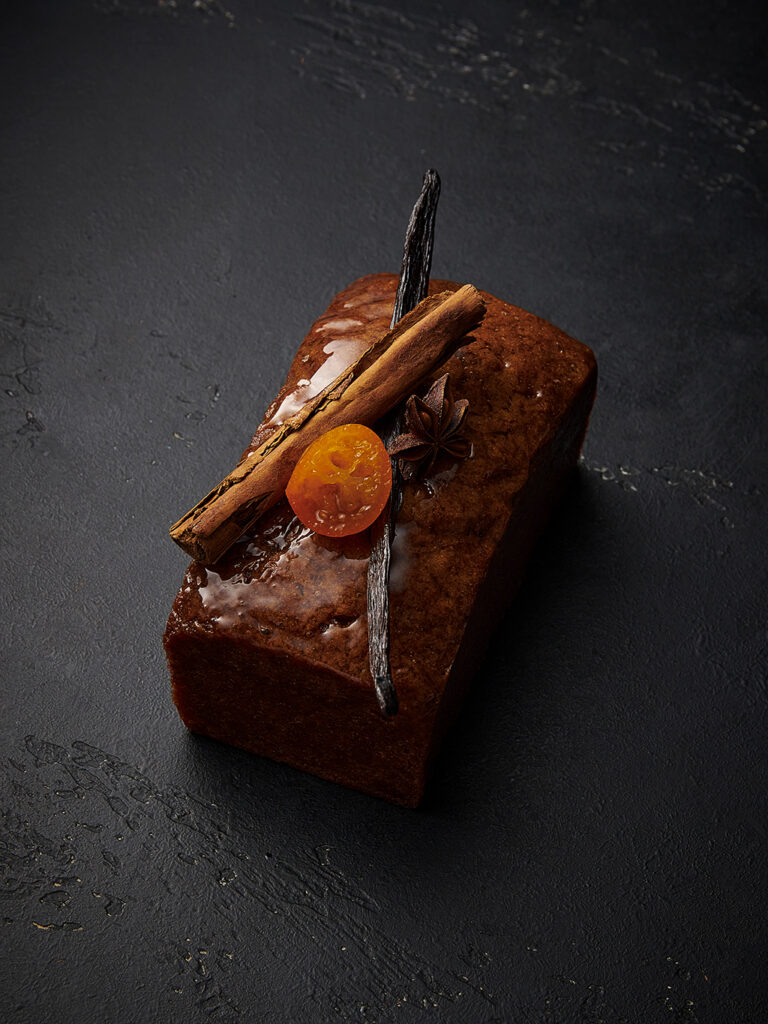They play for the same team which is why they are often confused. So close and yet so different. They even have several other Mediterranean cousins, and not only that…
Turrón and nougat: their origins
It is difficult to establish the exact history of turrón and its creation.
Its most likely origin is from Arab countries. It would have been born under the name of turrun: a snack served to restore energy to Arab travellers. It was easily transportable and resistant to heat. In this way it would not spoil and become toxic.
There are rumours that turron was created as a result of a competition to find the product meeting all these criteria.
The Moors would then have imported it to Spain during their conquest.
It is difficult to establish the exact history of turrón and its creation.
Its most likely origin is from Arab countries. It would have been born under the name of turrun: a snack served to restore energy to Arab travellers. It was easily transportable and resistant to heat. In this way it would not spoil and become toxic.
There are rumours that turron was created as a result of a competition to find the product meeting all these criteria.
The Moors would then have imported it to Spain during their conquest.
Others claim a Catalan origin. A pastry chef named Turro invented a confectionery with ingredients from his region and gave it his name: turrón.
But there is no evidence for this theory and the Arab origin remains the most likely explanation.
The turrón would have spread to Marseille and then to Provence and Montélimar, gradually transforming into nougat as we know it today, thanks in particular to the delicious almonds of Provence, the flagship ingredient of the nougats of Montélimar.
Emile Loubet, Mayor of Montélimar and President of the Republic from 1899 to 1906, seems to have popularized the delicacy in France by putting it on the menu of the Élysée Palace.
The culture of turrón and nougat
What is certain is that over the centuries these two treats have conquered hearts and taste buds and have become popular. Whether in Spain or France, we find both varieties on the tables of Christmas meals.
The ingredients of turrón make it an expensive product, so it has long been reserved for festive meals and special occasions. It was a sign of abundance.
Then it became democratized and more commonly consumed. It always maintains an important place during the feast days when it is served at the end of the meal. For Spaniards, a festive table without turrón is not a table worthy of the name.
Nougat is one of the 13 Christmas desserts in Provence. It is traditionally found in 3 forms: white nougat filled with hazelnuts to represent good, while the black is filled with honey to represent evil. Then there is the red nougat with roses and pistachios.
Today, it is increasingly replaced by iced nougat or a nougat dessert, but remains very present in the Provençal tradition by replacing the famous Christmas log.
It has also become a symbol for the French. When you take the A7 motorway, there is an almost obligatory stop. The purchase of a souvenir gift along the holiday road to delight the heart and the taste buds.

Another thing that turrón and nougat have in common is that we do not joke with the recipe.
Turrón comes in two varieties: turrón duro (hard) and turrón dulce (soft). Protected by labels, the turrón must contain 60% almonds or hazelnuts for a higher quality and 45% for the current quality. Their manufacture is also protected by the appellation “Denominacion de Origen”, enforcing artisanal and geographical criteria.
In Alicante hard white turrón is made with whole roasted almonds. In a neighboring town, Jijona, a softer turrón is produced made with ground almond powder that gives it its brown color.
As for Montélimar nougat, the recipe is strict: 30% almonds, or 28% almonds and 2% pistachios, and 25% lavender honey. Developed from fine regional products, the proportions must be respected to the letter, in order to be granted the name Nougat de Montélimar. Yet, despite all the efforts of the producers, it does not have any PGI (Protected Geographical Indication) a protection which guarantees regional production.
At the present time, anyone can produce Montélimar nougat as long as the proportion of noble ingredients is respected.
Nougat can be found all over the world
Because of its Arab origin, nougat can be found in several of these countries. Thus, it is found as a small patisserie in Morocco, Lebanon or Iran.
As for Europe, the recipe for this treat did not stop at the Spanish and French borders. In Italy, there are different varieties of nougat depending on the region, the best known being the torrone. (as here the recipe of Fabrizio Galla).

Nougat is also one of the Maltese specialties to enjoy while visiting the island.
The Greeks offer two recipes of nougats with similar compositions (sesame seeds, sugar and honey) which produce two distinct products: pasteli resembling nougatine, and halva similar to nougat. Pasteli is also found in Cyprus.
Asian cuisine also has its own nougat recipe. Made from a soft peanut paste and coated with sesame seeds, it can be enjoyed with chopsticks.
Nougat seems to have conquered the palaces of different cultures. As a festive product or treat to consume between meals for pleasure.
One thing is certain, nougat is something for everyone and you will inevitably find your happiness!



